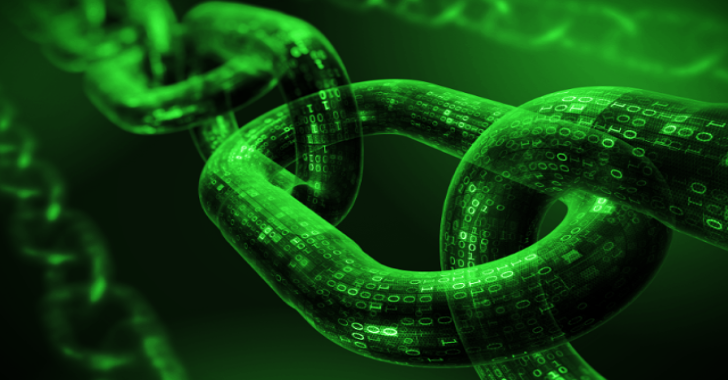In the shadowy realms of cyber espionage, the Kimsuky PowerShell Backdoor stands as a sophisticated tool designed for stealthy infiltrations and data exfiltration.
This article delves into the intricate workings of its server-client communication, presenting a detailed enumeration and analysis of the backdoor’s commands.
Through examining these operational intricacies, we shed light on the tactics deployed by cyber adversaries in leveraging PowerShell for malicious purposes.
Analyzed The Backdoor Client – Below Is The Commented Enum Explaining The Backdoor Commands
Commands:
public enum _OP_CODE : ushort
{
OP_UNIQ_ID = 0x401, #Check-In Unique ID - Sent with first packet from Client
OP_REQ_DRIVE_LIST = 0x402, # Request from Server for logical drive info
OP_RES_DRIVE_LIST = 0x403, # Response from client with logical drive info
OP_REQ_PATH_LIST = 0x404, # Request from Server for list of dir & files from path
OP_RES_PATH_LIST = 0x405, # Response from client with list of dir, files from path
OP_REQ_PATH_DOWNLOAD = 0x406, # Request from server to exfiltrate file/dir to the C2 - arg: file/dir_path;c2_url
OP_RES_PATH_DOWNLOAD = 0x407, # Response from client once the file/dir (ZIP + b64 encoded) is exfiltrated to C2
OP_REQ_PATH_DELETE = 0x408, # Request from server to delete dir/file - arg:path
OP_RES_PATH_DELETE = 0x409, # Response from client after deleting dir/file
OP_REQ_FILE_UPLOAD = 0x40A, # Request from server to upload file on the machine
OP_RES_FILE_UPLOAD = 0x40B, # Response from client once the uploaded file is written on the machine
OP_REQ_PATH_RENAME = 0x40C, # Request from server to rename file/folder - arg:oldfilename,newfilename
OP_RES_PATH_RENAME = 0x40D, # Response from client after renaming file/folder
OP_REQ_CREATE_DIR = 0x40E, # Request from server to create directory - arg: path - add (2) if already created
OP_RES_CREATE_DIR = 0x40F, # Response from server after creating directory
OP_REQ_RESTART = 0x410, # Restart connection
OP_REQ_CLOSE = 0x411, # Close connection
OP_REQ_REMOVE = 0x412, # Close connection
OP_RES_DRIVE_ERROR = 0x413, # Sent from client: no drives found / no permissions / io error
OP_REQ_EXECUTE = 0x414, # Request from Server to execute file/command - arg:path
OP_RES_EXECUTE = 0x415, # Response from client after executing the file/command via IEX - uses OP_REQ_EXECUTE
OP_REQ_CREATE_ZIP = 0x416, # Request from server to ZIP archive files/directory arg: path
OP_RES_CREATE_ZIP = 0x417 # Response from server after ZIP archiving the files/directory - uses OP_REQ_CREATE_ZIP
}Notes
- Unique ID Gen – md5(ip + mac)
- Send/Recv RC4 Key – rc4(unique_id + (‘_r’ | ‘_s’)
Commands
OP_REQ_DRIVE_LIST:
Sends across following logical drive information to the server –
- drive.Name
- drive.VolumeLabel
- drive.DriveType
- drive.DriveFormat
OP_REQ_PATH_LIST:
Sends across following file & directory information to the server –
- dir.Name
- dir.LastWriteTime
- file.Name
- file.Length
- file.LastWriteTime
OP_REQ_PATH_DOWNLOAD:
Exfiltrate the files/directory to the C2 server via a POST Request.
- If the provided target path is a directory, the directory is ZIP archived on the endpoint, and if it is a file path it is used as it is.
- Request parameters to C2:
- C2 URL: C2_URL/show.php | C2_URL provided from the Server
- User-Agent: Mozilla/5.0 (Windows NT 10.0; Win64; x64) AppleWebKit/537.36 (KHTML, like Gecko) Chrome/87.0.4280.141 Safari/537.36 Edg/87.0.664.75
- POST Request Body:
- filename = ToBase64String(filename) | filename: file to be exfiltrated
- Data: ToBase64String(file_contents) ; File contents of file to be exfiltratedPOST Request with the exfiltrated file/directory sent to C2 server via Invoke-WebRequest










.webp)

%20Works.png)




.webp)